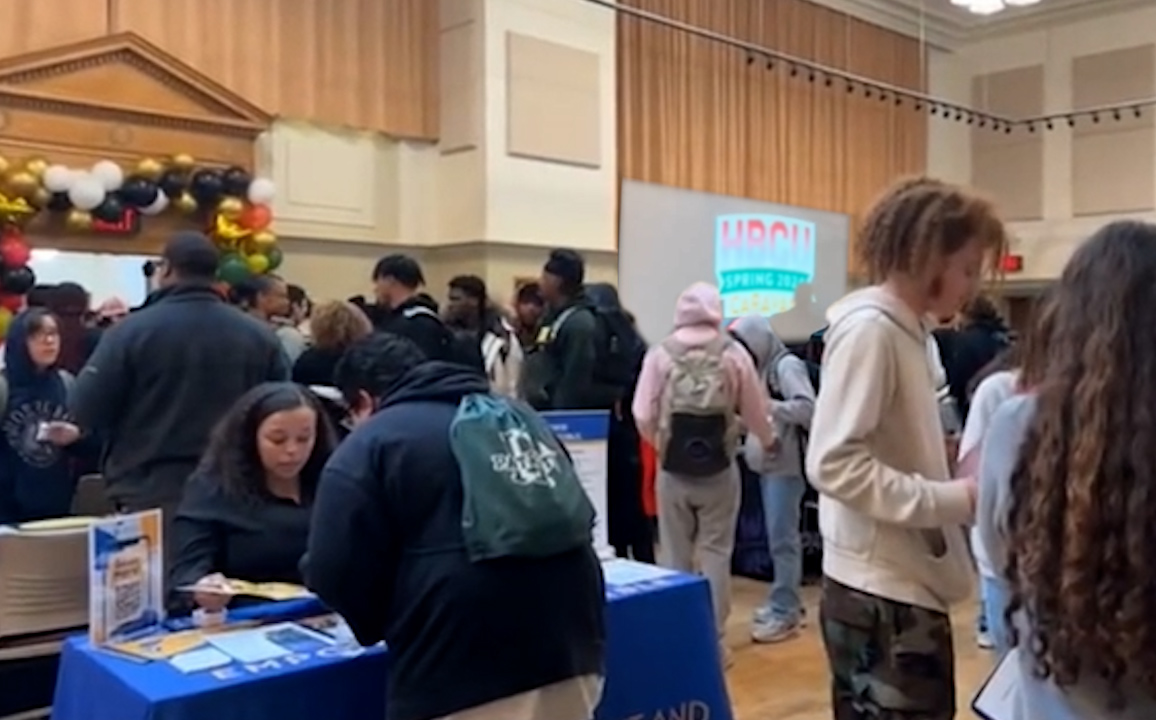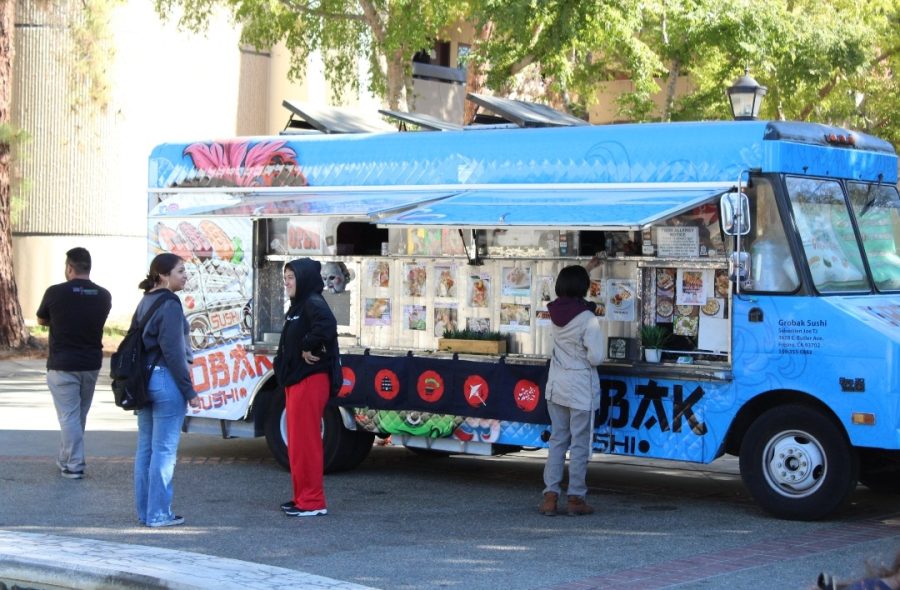Everyday, Fresno City College students walk on campus and see the same exact things as they always do. As they make their way through campus, not very many of them – if any at all – think about some of the best kept secrets the campus has had for years.
The most common one might be the Art Space Gallery, while the others might be relatively unknown. The Anthropology Museum, Botanical Garden, and Peace Garden each serve a different purpose, but their doors are open to anyone who wishes to see what they offer.
The Art Space Gallery, which has three exhibits planned for this semester, is currently showing a centennial related exhibit. According to Bob Kizziar, chairman of the department, the most important thing about the gallery is that it “gives us a broader view of what’s happening out there in the world of art.”
Kizziar added that when students see art showcased by living artists, they [students] start to believe they can do it too. Through the years, the gallery has become a powerful community outreach tool, as well as a strong teaching tool for art students at FCC. It does a student exhibit once a year, allowing students to showcase and sell their artwork if they wish. The gallery is open from 10:00 a.m. to 4:00 p.m. on Monday and Tuesday, and from 10:00 a.m. to 7:00 p.m. on Wednesday and Thursday.
The Anthropology Museum, located in the Social Sciences building, runs entirely on student volunteers and is open to all, although it usually doesn’t fully open until about the third week of the semester.
Jill Minar, PhD, Chair of the Anthropology department, has worked hard during the past 10 years to ensure that students are involved and that they are learning from it. For example, FCC students are able to learn how to make bark paper and study in villages in Mexico for two weeks.
Minar, whose office is next door to the museum, contributed her own collection of basketry for the current exhibit on Western Mono basketry technology which dates back to the early 1900s. “It’s unusual to have it in a community college, but it’s very important,” she said of the museum. The museum is open when student volunteers are available, and tours are also available by appointment.
Another great find hidden on campus is the botanical garden located near the science building. It was built back in 1974 as part of the biology department’s plan to include a 10,000 gallon fish pond and a greenhouse.
Its current director, Steve DaSilva, is aided by student volunteers in keeping the garden looking good. Some of those students volunteer under a work study program, and some do it as part of an adaptive horticulture course in which they care for plants they grow from seeds. In addition to that, adaptive horticulture students also maintain the rose garden by the administration building. Steven Taylor, a student volunteer said, “Being outdoors, you get dirty playing in the dirt. It helps with therapy and keeps you calm.” Although outdoors, it’s a non-smoking area, but as long as the garden’s gate is open, everyone is welcome.
The last on this list is perhaps the least known. Students pass by the library every single day, but very few of them know about the Peace Garden located just outside the building. The garden, containing several plants in addition to a tree, has a chime hanging from the tree. A relatively small space, but open to anyone who desires to be there. The purpose of the peace garden is to provide students with a space to “breathe” or think.



